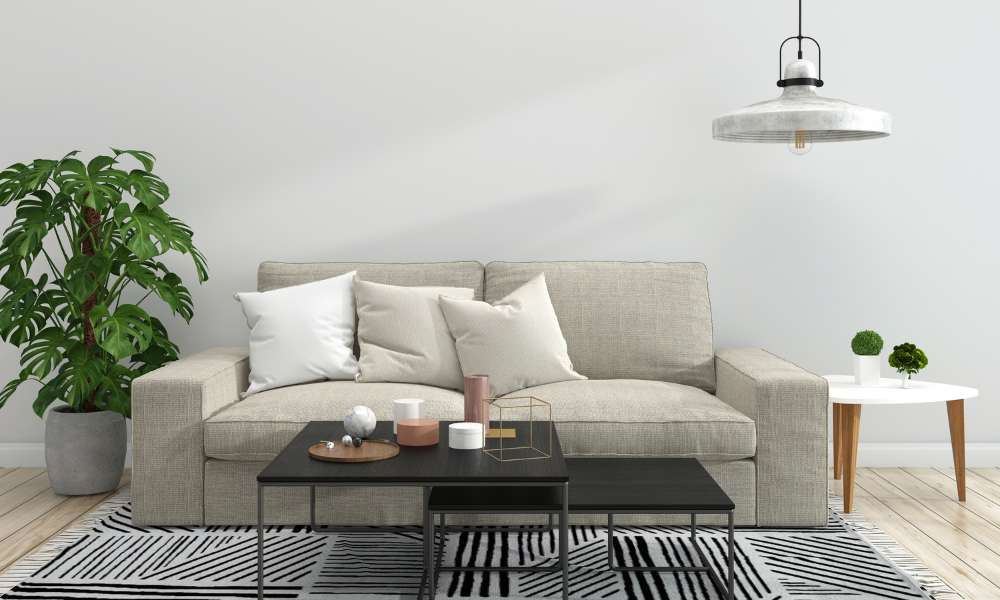Choosing the right size sofa for your living room is crucial for both functionality and aesthetics. A well-sized sofa enhances comfort and complements your room’s design, creating a harmonious and inviting space. Whether you’re furnishing a small apartment or a spacious home, understanding the balance between sofa size and room dimensions can make all the difference. In this guide, we’ll explore how to determine the perfect sofa size, considering factors like room layout, sofa types, and style preferences.
1. Understanding Living Room Dimensions
To choose the right size sofa for your living room, start by accurately measuring your space. Begin by noting the dimensions of your space, including length, width, and any architectural features that might affect sofa placement, such as windows, doors, or built-in elements. Understanding your room layout is also crucial; ensure there’s ample space for movement and that the sofa complements the room’s flow.
A well-measured space allows you to select a sofa that fits comfortably without overwhelming the space, maintaining a balanced and functional living area. Proper planning and measurement set the foundation for a sofa that enhances both the look and usability of your living room.
2. Determining Sofa Size Based on Room Size

Choosing the right sofa size depends on your living room dimensions. For small living rooms, opt for compact sofas, such as a loveseat or a small three-seater, which offer comfort without crowding the space. In medium-sized living rooms, a standard three- to four-seater couch works well, providing ample seating while maintaining space balance. Large living rooms can accommodate oversized sofas or sectional configurations, which enhance seating capacity and complement expansive areas. By matching your sofa size to your room’s scale, you ensure a harmonious and functional living space that fits your needs and enhances your home’s aesthetic.
3. Sofa Types and Their Impact on Size

Sectional sofas offer versatile seating and can be ideal for larger spaces or open floor plans, providing ample seating and a relaxed feel. However, they may overwhelm smaller rooms if not sized correctly. Sleeper sofas are excellent for multifunctional use, particularly in smaller spaces where accommodating guests is a priority. Their dimensions should balance comfort with practicality. Standard sofas, including traditional three-seaters or four-seaters, work well across various space layouts, offering flexibility in size while maintaining a classic look. Choosing the right couch type based on your room’s size ensures optimal functionality and aesthetic appeal.
4. Consideration of Sofa Proportions
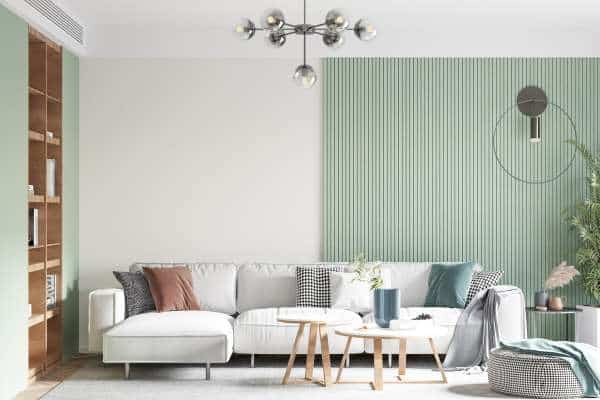
The width and depth of the sofa should complement the size of the room to ensure it doesn’t overwhelm the space or appear too small. For a balanced look, the couch should harmonize with other furniture pieces in the space. Ensure there is adequate space around the sofa for comfortable movement and interaction. For instance, in smaller rooms, opt for narrower sofas with lower profiles to avoid crowding the space. In larger rooms, a more substantial couch can create a focal point without looking out of place. Achieving the right proportions enhances both functionality and aesthetic appeal.
5. Design and Style Considerations
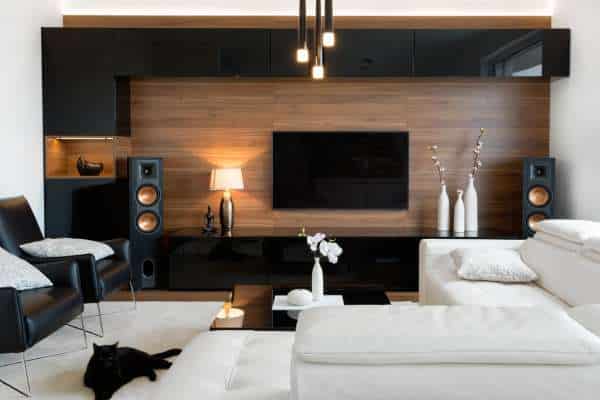
Modern sofas, with their sleek lines and minimalist profiles, can create an impression of openness and space, making them ideal for smaller rooms or contemporary settings. In contrast, traditional sofas often feature more substantial frames and ornate details, which can add a sense of richness and formality to a space but may also make the space feel cozier. It’s essential to choose a couch that aligns with your room’s aesthetic, whether it’s modern, traditional, or eclectic, to ensure it complements your existing décor and enhances the overall look of your living area. Matching the sofa’s style with your room’s theme can help create a cohesive and visually appealing space.
6. Functionality and Comfort
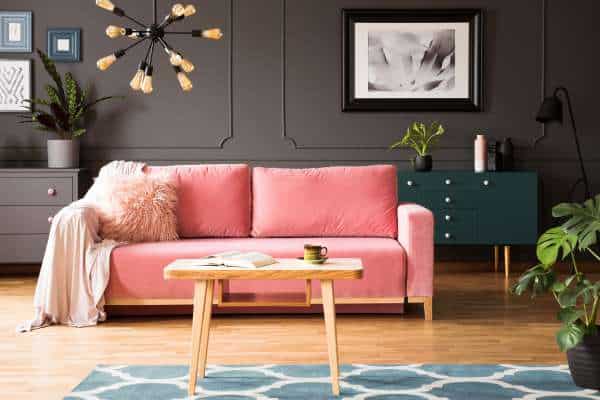
Ensure the sofa offers ample seating for your needs, whether you’re entertaining guests or relaxing with family. Consider the comfort level of the cushions and upholstery, as well as the support provided by the frame. Additionally, explore features such as reclining mechanisms or modular sections that enhance versatility and convenience. Reclining sofas offer adjustable positions for personalized relaxation, while modular sofas can be rearranged to fit different layouts or purposes. By prioritizing both comfort and functionality, you can select a couch that not only looks great but also serves your lifestyle needs effectively.
7. Visualizing Sofa Placement
Visualizing sofa placement in your living room can significantly enhance your decision-making process. Utilize design tools or apps to experiment with different couch sizes and configurations before making a purchase.
These digital tools allow you to input your room’s dimensions and test how various sofas will fit and look in your space. For practical placement, start by measuring the space and sketching out the layout, including doorways and traffic paths.
Place the couch in different positions to see how it impacts the flow and balance of the area. Ensure there’s enough space for movement and other furniture while maintaining a comfortable and functional arrangement.
8. Professional Advice and Customization
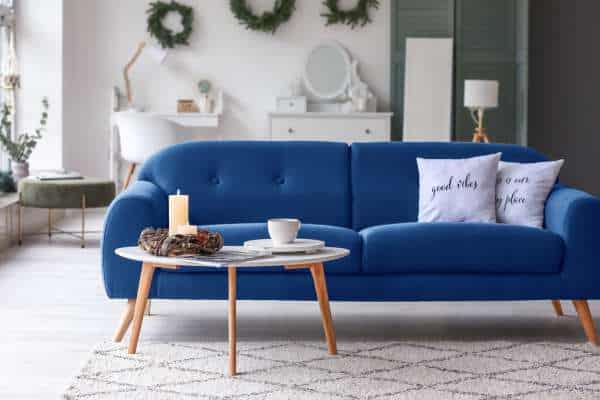
Consulting with an interior designer can be highly beneficial when selecting the right sofa size for your living room. Designers offer expert advice tailored to your space, helping you choose a couch that enhances both function and aesthetics. If your space has unique dimensions or specific design challenges, custom-sized sofas can be an excellent solution. These tailored options ensure a perfect fit and can be designed to match your exact specifications and style preferences. Customization allows for a seamless integration of the couch into your room’s layout, maximizing both comfort and visual appeal.
Conclusion
Choosing the right sofa size for your living room is crucial for achieving both comfort and style. By understanding your room’s dimensions and layout, you can select a couch that fits perfectly and enhances the space. Consider factors such as the type of couch, its proportions, and how it complements your room’s design to ensure a cohesive look. Additionally, focusing on functionality and comfort will help you find a couch that meets your needs. Visualizing placement with design tools and seeking professional advice can further guide you in making an informed decision.

